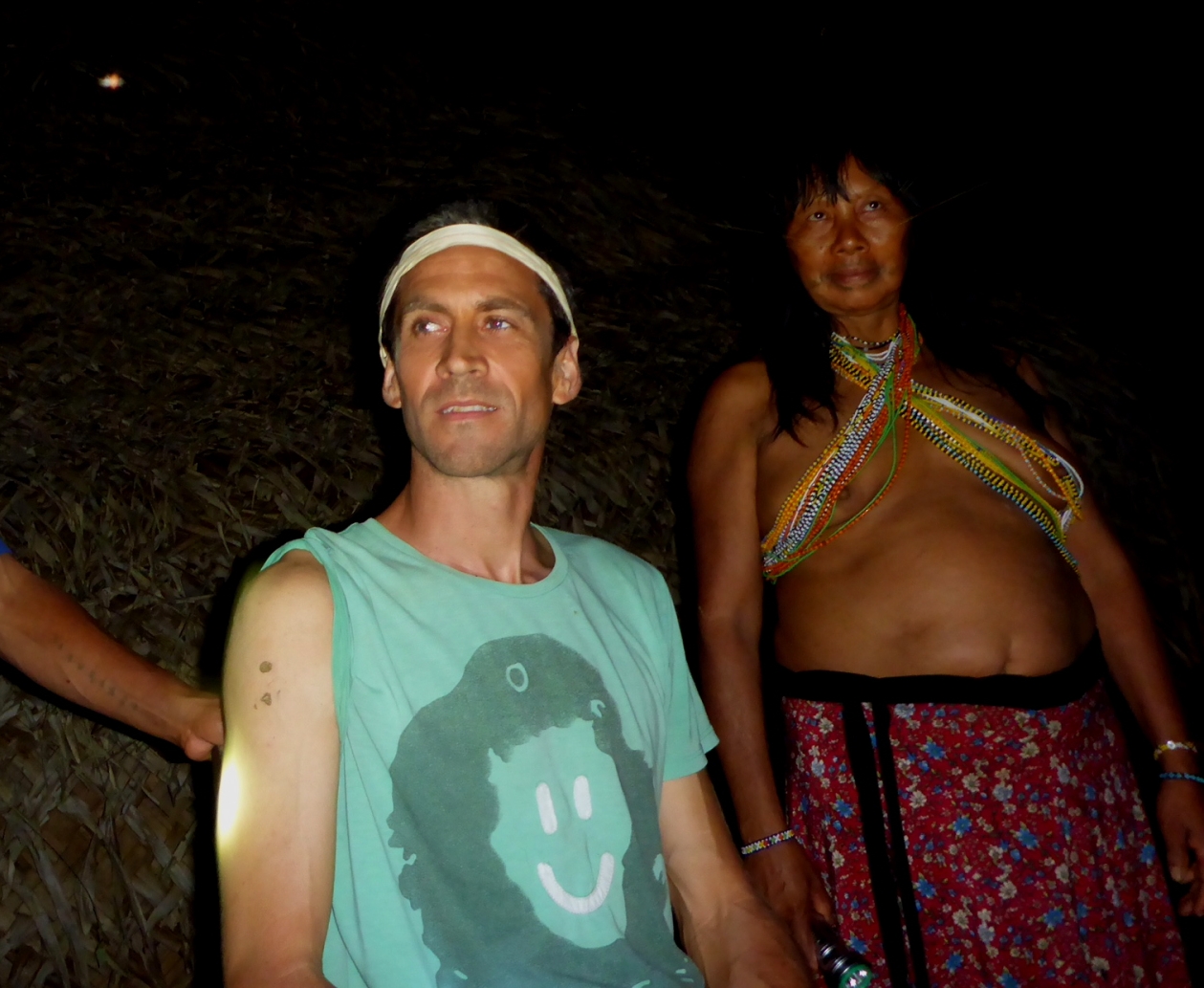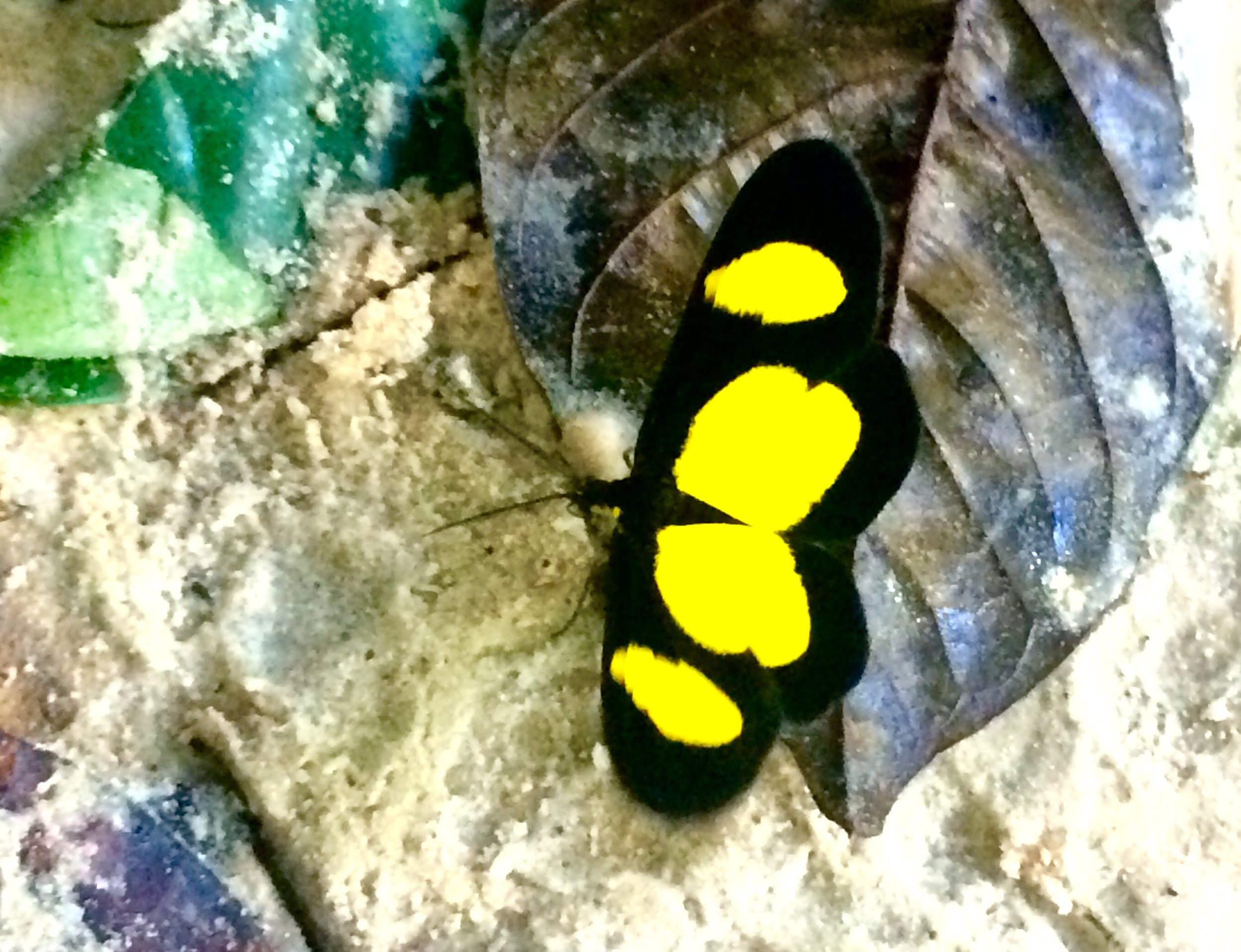After recieving an email from a media company in China, whom wanted to work with me to shoot a humanities documentary in Melbourne, I was a little cautious not knowing their background. By Day 2 of 4, the bond between the 3 person crew and myself was strong. Working with the Chinese doco crew was an absolute pleasure and was a breath of fresh air. My 25 years experience filming across the world helped me to welcome, engage and fulfil their expectations of me as a foreign DOP.
Bells Beach
It is a risk foreign companies must take when hiring local crews for big projects. As it is a risk for me to work with a foreign company for the first time. It was fun as I was able to use my local knowledge and take them to places like The Great Ocean Road, Lorne and highlights of Melbourne to take pictures worthy of a foreign documentary. A very highly rewarding job for me and hope to work with these folk again in the future























































